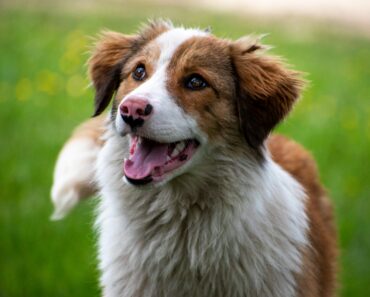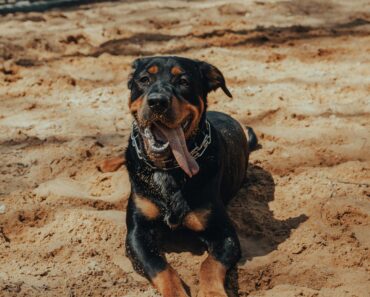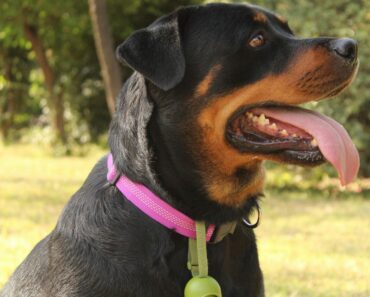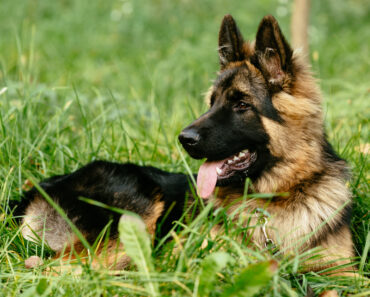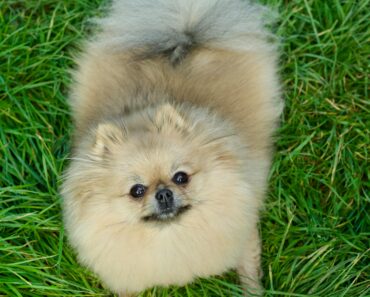Dog agility sports have rapidly gained popularity among dog owners and enthusiasts around the world. This high-energy, fast-paced sport not only challenges your dog’s physical abilities but also strengthens the bond between you and your furry companion. Whether you’re a beginner looking to introduce your dog to agility or an experienced handler aiming to sharpen your dog’s skills, this comprehensive guide will help you navigate the exciting world of dog agility training.
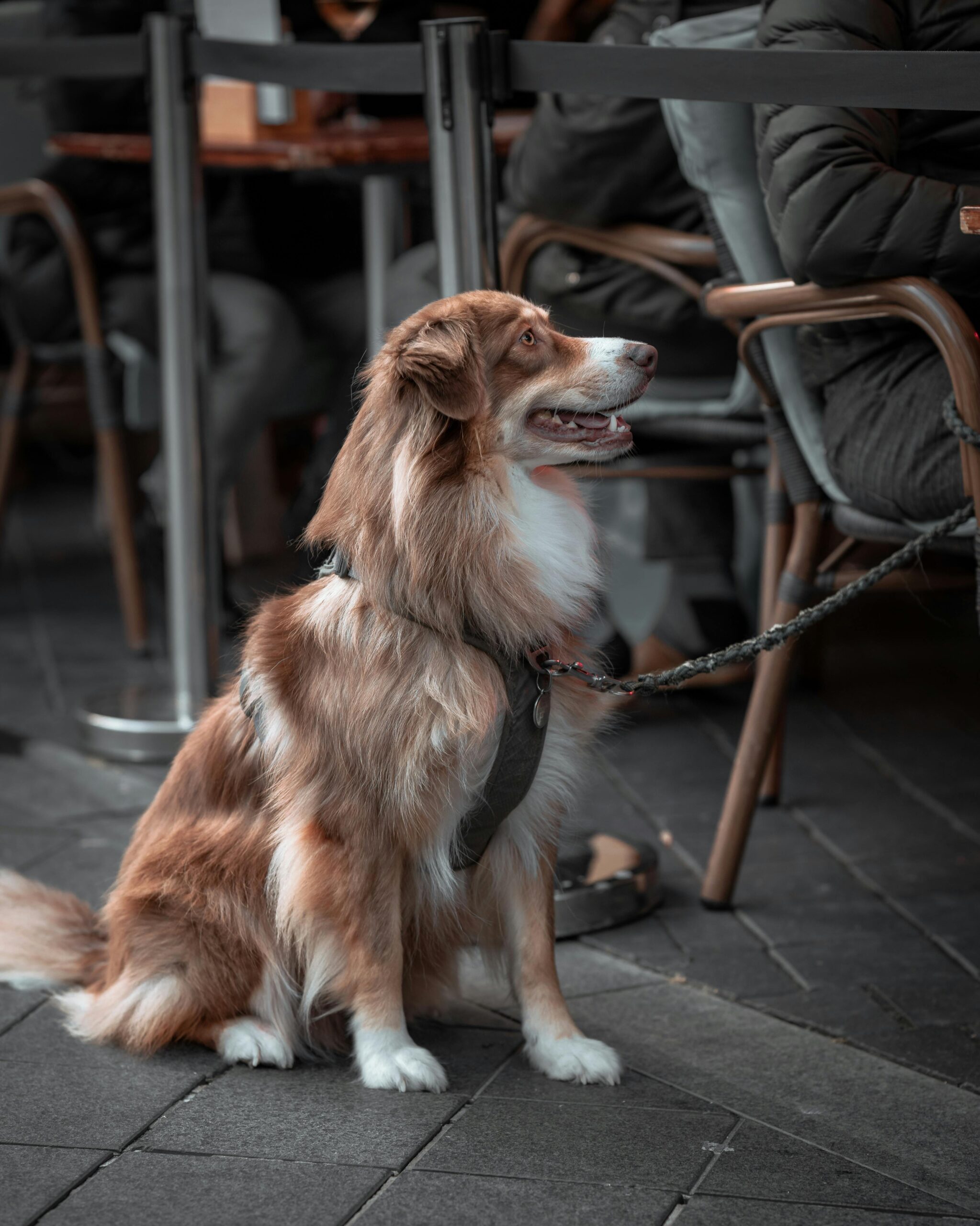
What is Dog Agility?
Dog agility is a competitive sport where a dog, guided by their handler, navigates through a timed obstacle course. The course typically includes a variety of obstacles such as jumps, tunnels, weave poles, and contact equipment like seesaws and A-frames. The goal is to complete the course as quickly and accurately as possible.
Why Train Your Dog for Agility Sports?
Agility training offers numerous benefits for both dogs and their owners:
- Physical Exercise: Agility training provides an excellent workout for dogs, helping to keep them fit, healthy, and happy.
- Mental Stimulation: The problem-solving nature of agility courses stimulates a dog’s mind, preventing boredom and reducing destructive behaviors.
- Strengthening the Bond: Working together to navigate an agility course strengthens the trust and communication between dog and handler.
- Confidence Building: Successfully completing obstacles boosts a dog’s confidence, making them more resilient and adaptable in other areas of life.
- Fun and Socialization: Agility training is a fun and social activity that allows dogs and owners to interact with like-minded individuals in a positive environment.

Getting Started: Is Your Dog Ready for Agility?
Before starting agility training, it’s important to assess whether your dog is physically and mentally prepared for the demands of the sport. Here are a few things to consider:
- Age and Health: Puppies should avoid intensive agility training until their joints are fully developed, usually around 12-18 months old. Older dogs can participate, but be mindful of any joint issues or arthritis.
- Basic Obedience: Your dog should have a good grasp of basic commands like sit, stay, and come. A solid foundation in obedience makes agility training smoother and more effective.
- Energy and Enthusiasm: Dogs that are energetic, eager to learn, and enjoy problem-solving are typically well-suited for agility. Breeds like Border Collies, Australian Shepherds, and Jack Russell Terriers are often natural athletes in this sport, but any dog can enjoy agility with the right training.
Essential Equipment for Agility Training
To start training, you’ll need access to some basic agility equipment. Here’s a list of the most common obstacles:
- Jumps: Adjustable jumps are a staple in agility courses. Start with simple bar jumps and progress to more complex types like tire jumps.
- Tunnels: Flexible tunnels are used to test a dog’s speed and willingness to follow commands. Tunnels can be straight or curved for added difficulty.
- Weave Poles: Weave poles require precision and coordination as the dog weaves in and out of the poles. This obstacle is often one of the most challenging.
- A-Frame: This steep, triangular structure requires dogs to climb up one side and descend the other, emphasizing balance and control.
- Seesaw (Teeter-Totter): The seesaw tests a dog’s ability to balance and control movement as the plank tips under their weight.
- Dog Walk: The dog walk is a raised, narrow plank that challenges a dog’s focus and stability.
Basic Agility Training Techniques

- Start with Groundwork
- Begin training with groundwork exercises that don’t involve obstacles. Practice commands, focus work, and targeting exercises to build communication and trust with your dog.
- Introduce Obstacles Gradually
- Start with one obstacle at a time. For example, teach your dog to navigate a simple jump before moving on to more complex obstacles. Reward success with treats and praise to build positive associations.
- Use Positive Reinforcement
- Always use positive reinforcement methods such as treats, toys, and verbal praise. Avoid punishment or negative reinforcement, as these can create anxiety and hinder progress.
- Focus on Form and Accuracy
- Speed is important in agility, but form and accuracy come first. Ensure your dog understands how to properly navigate each obstacle before pushing for faster times.
- Practice Short Sequences
- Once your dog is comfortable with individual obstacles, start linking them together into short sequences. Gradually increase the complexity as your dog’s confidence and skill level grow.
- Keep Training Sessions Short and Fun
- Agility training should be enjoyable for both you and your dog. Keep sessions short (10-15 minutes) and end on a positive note. Regular breaks prevent fatigue and maintain your dog’s enthusiasm.
Advanced Agility Training: Taking It to the Next Level
Once your dog has mastered the basics, you can start working on more advanced techniques to refine their agility skills:
- Handling Techniques
- Work on advanced handling techniques such as front crosses, rear crosses, and blind crosses. These maneuvers help you guide your dog more effectively through complex courses.
- Distance Handling
- Train your dog to follow commands from a distance. This is especially useful in larger courses where you can’t be right beside your dog at every obstacle.
- Speed Training
- Once accuracy is solid, start incorporating speed training drills to improve your dog’s overall performance time. Use rewards and timed practice sessions to encourage faster runs.
- Course Memorization
- Practice memorizing and visualizing full courses. This helps both you and your dog anticipate the next obstacle and maintain a smooth flow throughout the run.
- Competition Readiness
- If you plan to compete, start preparing your dog for the pressures of competition. Practice in different environments, with distractions, and with varying levels of difficulty.
Common Challenges and How to Overcome Them

Even with the best training, you may encounter some challenges along the way. Here are a few common issues and how to address them:
- Refusal to Perform Obstacles
- If your dog refuses to perform an obstacle, it may be due to fear or confusion. Break the obstacle down into smaller steps and use positive reinforcement to build confidence.
- Knocking Down Bars
- If your dog frequently knocks down jump bars, it may be a sign that they’re not gauging the jump height correctly. Lower the bar and gradually increase it as your dog’s jumping skills improve.
- Weaving Troubles
- Weave poles can be particularly challenging. Slow down the training process, use guide wires or channels to help your dog learn the correct path, and reward small successes.
- Lack of Focus
- If your dog becomes distracted during training, increase focus work and reduce distractions in the training environment. Gradually reintroduce distractions as your dog’s focus improves.
Agility Training for Different Dog Breeds
While certain breeds are naturally inclined towards agility, any dog can participate and excel with the right training approach:
- Small Breeds: Small dogs like Shetland Sheepdogs and Papillons often excel in agility due to their speed and agility. Focus on building their confidence and ensuring obstacles are appropriately sized.
- Large Breeds: Larger breeds like Golden Retrievers and German Shepherds can also enjoy agility, but may require more conditioning to handle the physical demands. Pay attention to joint health and adjust obstacle heights accordingly.
- Mixed Breeds: Mixed breed dogs can be excellent agility competitors. Tailor your training to your dog’s unique strengths and weaknesses, regardless of breed.
The Joy of Competing in Agility Sports

For many dog owners, the ultimate goal of agility training is to compete in official events. Competitions are held at various levels, from local clubs to national and international championships. Competing offers a chance to showcase your dog’s skills, meet other agility enthusiasts, and enjoy the thrill of the sport.
Before entering competitions, ensure your dog is ready by participating in practice trials and familiarizing them with the competition environment. Most importantly, remember that agility is about having fun and celebrating the incredible bond between you and your dog.
Conclusion: The Journey of Agility Training
Dog agility training is a rewarding and exhilarating experience that brings out the best in both dogs and their handlers. Whether you’re training for fun or aiming for the top of the podium, the journey of agility sports is filled with challenges, triumphs, and unforgettable moments. So grab your dog, set up those obstacles, and start your agility adventure today!
